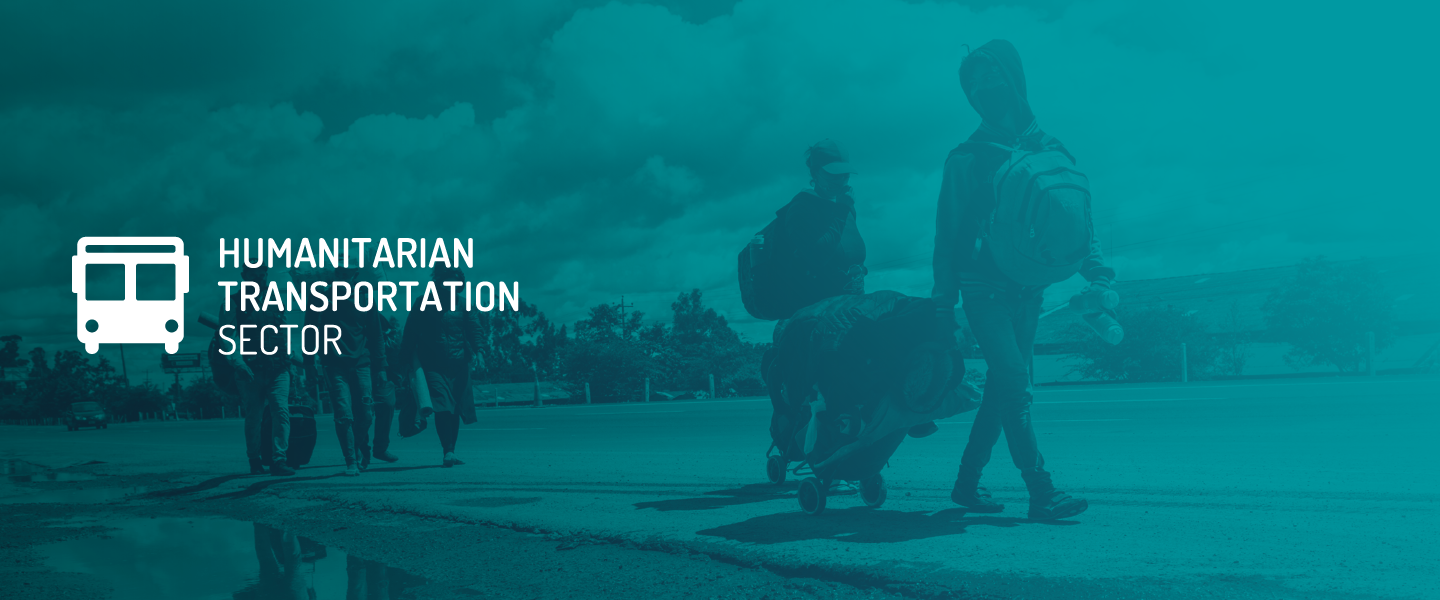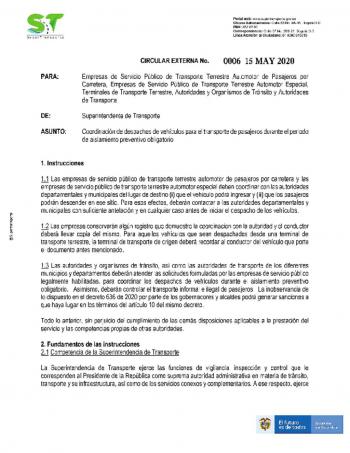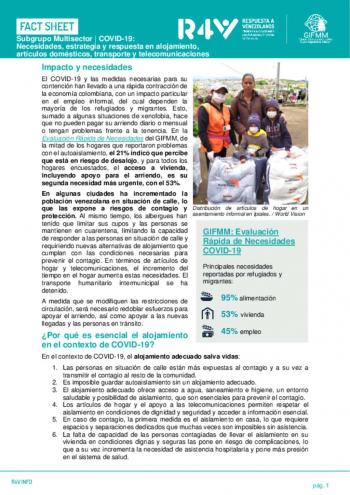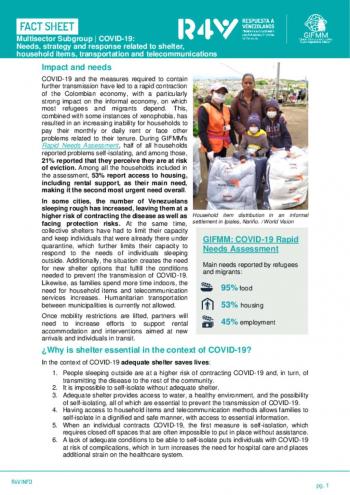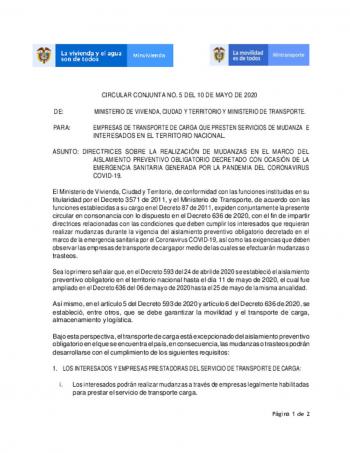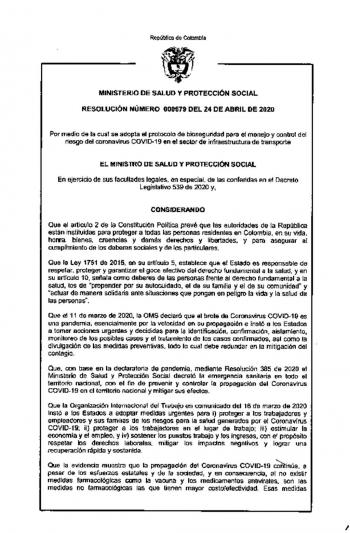Key Figures
What is the Humanitarian Transportation Sector?
Priority Needs
Movements of refugees and migrants from Venezuela are expected to continue throughout 2021, whether persons transiting through host countries, undertaking pendular movements to and from Venezuela, or entering a destination country with the intention to stay. In August 2020, countries in the region began reopening borders and relaxing travel restrictions previously imposed due to COVID-19, which had an effect on refugees and migrants keen to recommence their movements. In Colombia, for example, an estimated 153,000 people will require inter-municipal, departmental or border-to-border transportation to safely continue their journeys in 2021.
As many refugees and migrants from Venezuela lack the financial means to pay for safe transport, and in view of growing levels of destitution resulting from the impacts of the COVID-19 pandemic, an increasing number resort to irregular and high-risk forms of travel, such as walking, where the risks of exposure to various protection risks, including GBV, human trafficking or smuggling, exacerbates their already desperate situation. Moreover, once in-destination or while staying temporarily in each location, many refugees and migrants need to move within or in-between cities, districts or provinces in order to access protection and health services, the labour market or basic goods.
Response Strategy
Scope of the sector response
The focus of the Humanitarian Transportation response is to provide the most vulnerable refugees and migrants from Venezuela with border-to-border, internal and day-to-day transportation assistance in a safe, humane and dignified manner, ensuring that the following three objectives are met:
1. First, protection, which includes support to mitigate risks such as human trafficking and smuggling and GBV, particularly among women, girls and persons of diverse gender identities and sexual orientations;
2. Second, integration, by supporting refugees and migrants to travel to their destinations, for family reunification (particularly for unaccompanied and separated children, or UASCs) and to access the labour market to seek employment; and
3. Third, to facilitate access to basic goods and services through transport assistance for those who otherwise cannot physically access food, non-food items (NFIs), healthcare, and psychosocial support.
The Sector response will be implemented across 11 countries: Argentina, Bolivia, Brazil, Chile, Colombia, Ecuador, Guyana, Mexico, Paraguay, Peru and Uruguay.
Response priorities
The first response priority is to provide border-to-border transportation assistance for persons in-transit. The second response priority is to provide internal transportation between a border and an internal location within a host country or between provinces to facilitate integration. The third response priority is the provision of assistance for day-to-day local transport at the city or municipality level for the most vulnerable.
Integrated response approaches
There exists an inter-sectoral complementarity between the Humanitarian Transportation and the Human Trafficking & Human Smuggling and GBV Sub-Sectors of the Protection Sector, as interventions of the former aim to reduce protection risks addressed by the latter two. Additionally, close collaboration with the WASH and Health Sectors will be necessary to ensure the integration of COVID-19 prevention measures in relocation procedures.
Response modalities
The main response modalities will be in-kind transport services and cash and voucher assistance (CVA) towards the costs of public transport services. Collaboration with the regional CVA Working Group will add value to the response and improve the cost-efficiency of transport interventions.
Humanitarian Transportation Calendar
| Sun | Mon | Tue | Wed | Thu | Fri | Sat |
|---|---|---|---|---|---|---|
|
30
|
1
|
2
|
3
|
4
|
5
|
6
|
|
|
|
|
|
|
|
|
|
7
|
8
|
9
|
10
|
11
|
12
|
13
|
|
|
|
|
|
|
|
|
|
14
|
15
|
16
|
17
|
18
|
19
|
20
|
|
|
|
|
|
|
|
|
|
21
|
22
|
23
|
24
|
25
|
26
|
27
|
|
|
|
|
|
|
|
|
|
28
|
29
|
30
|
31
|
1
|
2
|
3
|
|
|
|
|
|
|
|
|
Sector Contacts
Rafael Mattar
UNHCR
Zahra Hdidou
IOM
Javier Parra
NRC

